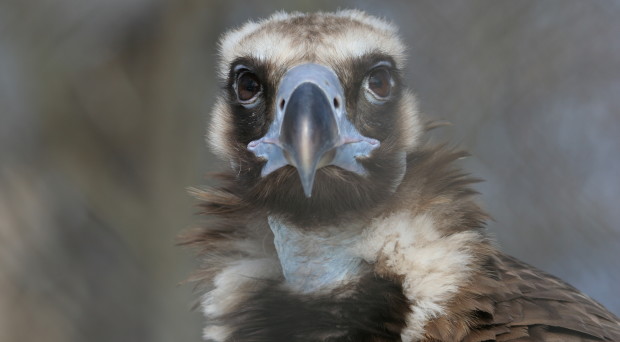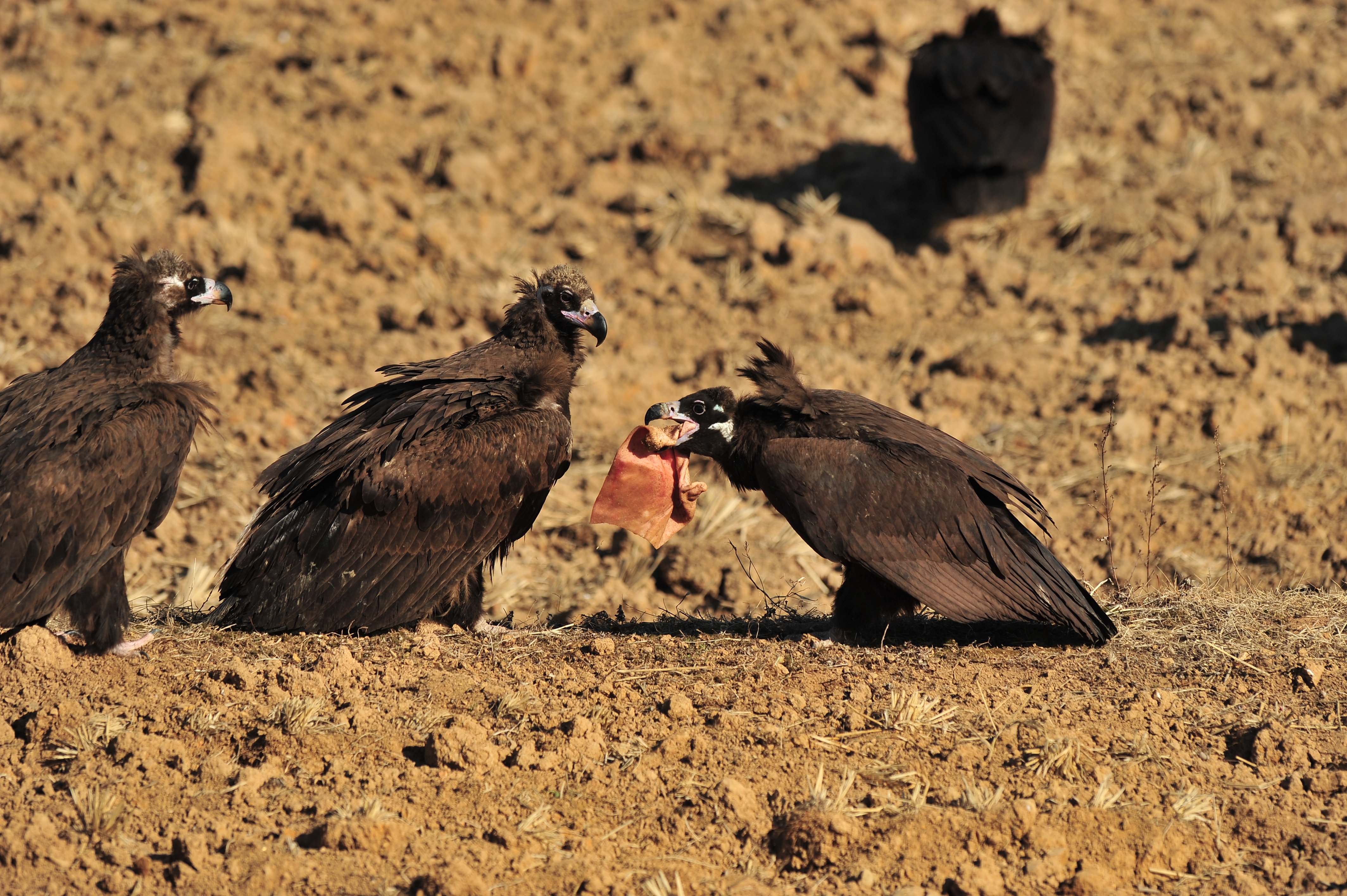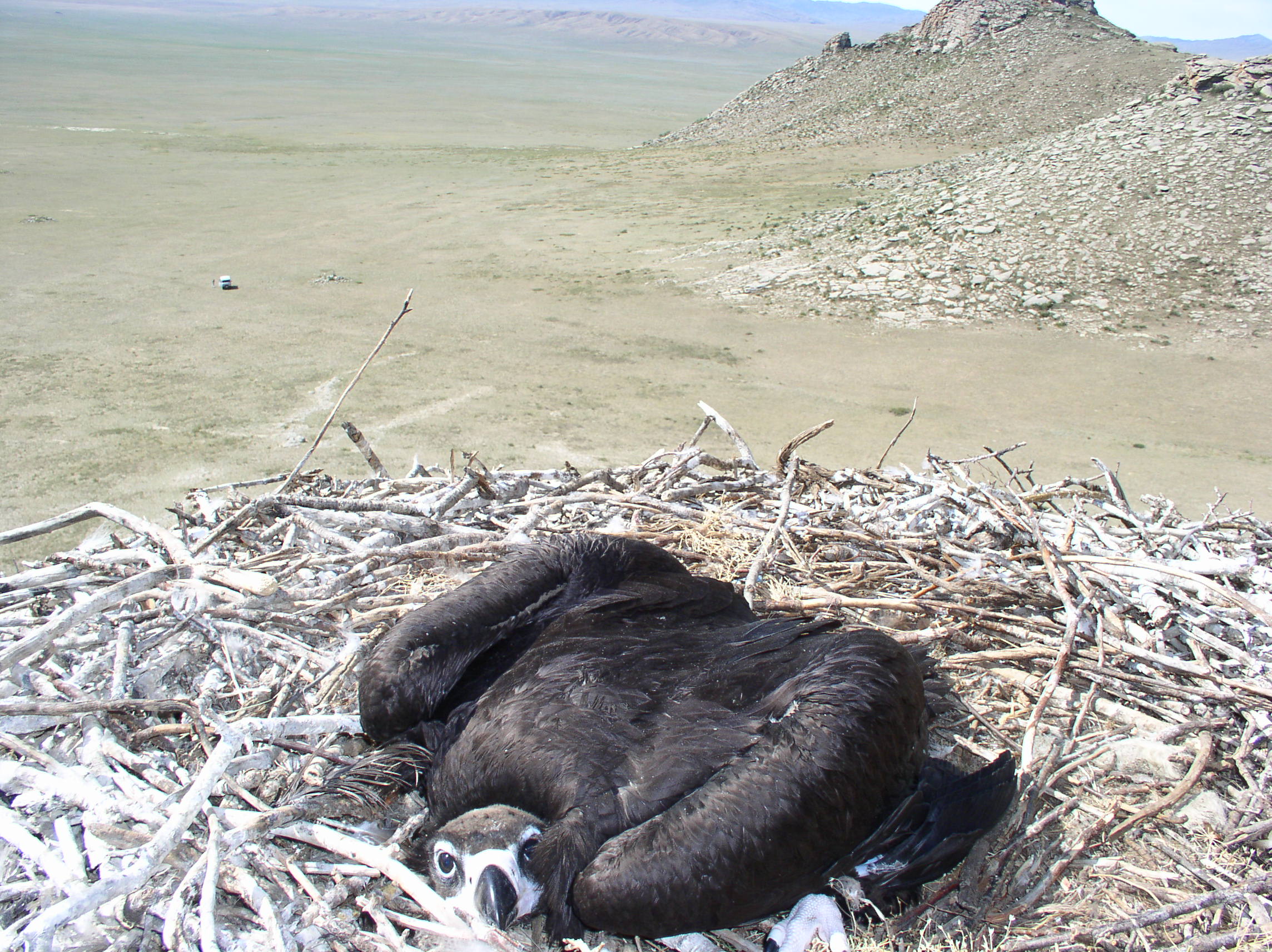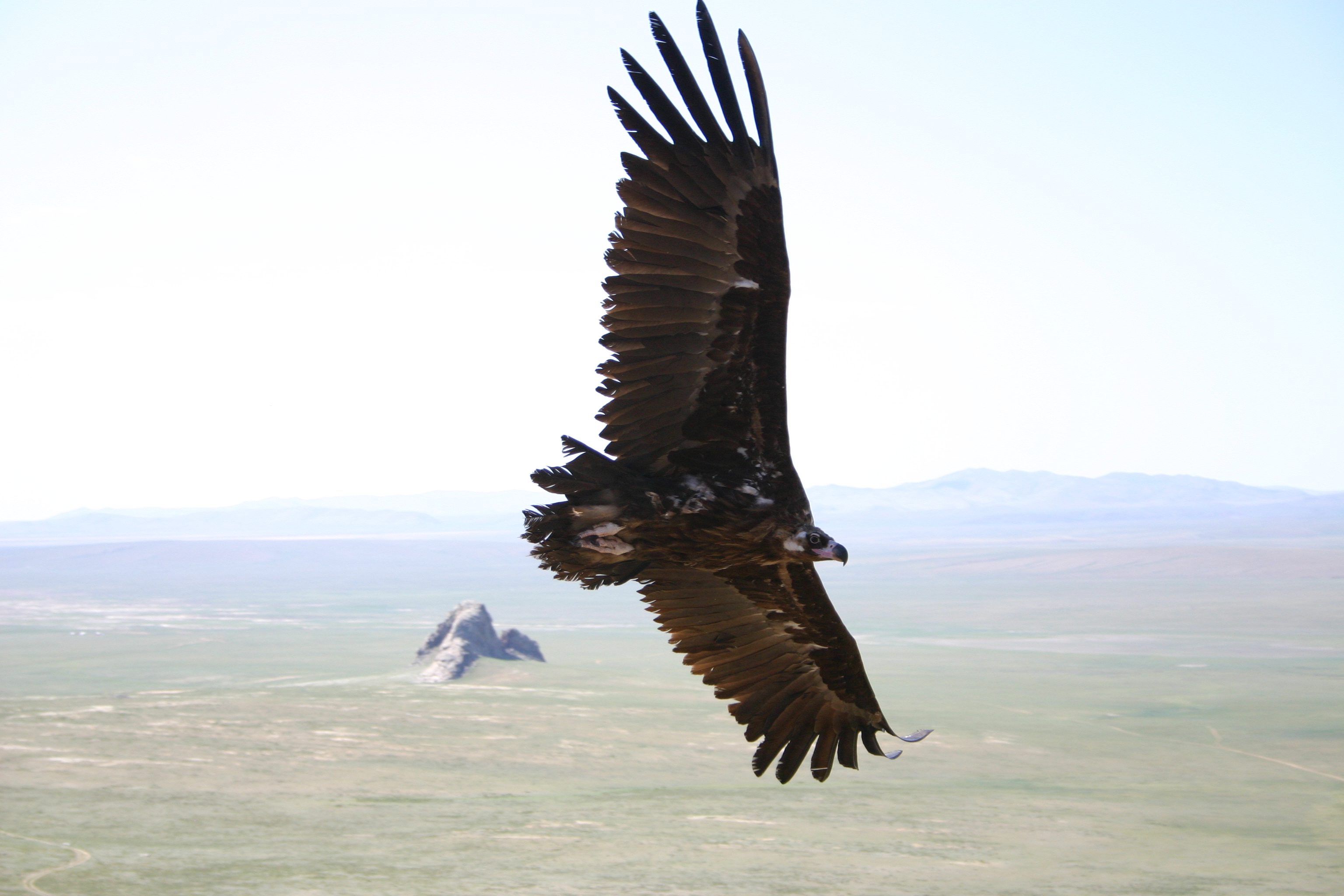
More about the cinereous vulture
The largest and heaviest bird of prey on Earth is the cinereous vulture. It can be found across Eurasia and Mongolia and Korea has the highest number. Its wing span reaches over three meters and people who see them flying low in the winter time describe it with great awe.
Put simply, this bird is beautiful. Understanding the whole genome of a species is something one can do once in a life time. The whole genome of any species is a book of its life: its adaptation, expansion, and demise, all genomically recorded. Another big motivation of sequencing it was to provide help for conserving them.
In Korea, the cinereous vulture is a natural heritage and so it is legally protected.
In Korea, the cinereous vulture is a natural heritage and so it is legally protected. However, there have been occasions of food poisoning caused when the vulture has eaten a poisoned animal carcass. Also, in severe winters, they can become so exhausted; they literally fall to the ground.
What did we do?
Korea has a long stretch of demilitarized zone (DMZ) between North and South Korea where the vultures cannot be bothered by humans. This, and some other pockets of land, is where they stay over the winter time. Our samples for sequencing came from a rescue center where some sick ones are treated.
Our team was compiled of two groups. One was naturalists, who observe and protect animals, and the other who sequence whatever they can lay their hands on. We plan to sequence all the animal species on Korean peninsula.
The national science museum, led by Drs. Paek and I, had an idea to sequence cinereous vulture to first see how diverse their population is. If they are extremely homogeneous, they would require special measures such as captive breeding to conserve them. Koreans already provide them with food and it has had some success in the number of birds observed, increasing from below 1000 in 1999 to well over 1000 in recent years.
A target for modern genome analyses
Biologically, the cinereous vulture is an interesting bird. It has an appearance of half eagle and half vulture. Although they eat like other vultures, they resemble eagles. In Korea, it is called the ‘eagle’ and not many people know that in the past they would in fact be classified as a scavenger.

Unlike many other vultures, this in-between aspect of them makes a very good target for modern genome analyses.
Evolutionarily, we think that they are on the way from a hunting eagle to a scavenging vulture. The consequence is that they have candidate genes that are necessary for protecting themselves from digesting carrion, rather than freshly killed clean meat.
What did we find?
The number of cinereous vultures has been declining over the last centuries all over Eurasia. Dr. Paek, a celebrated ornithologist, who organized the blood sample acquisition and conceived the study, expresses hope as “the species genomic diversity turned out to be two times higher (0.00132) than the one of our own species (0.00069), and it is a good news for breeding plans in case of emergency”.

Our comparative genome analyses show that they are equipped with very acidic, possibly sterilizing, gastric acid generating genes and have a strong immune defense system in their blood. They seem to first kill bad bugs in their guts and mop up the absorbed ones in their blood later. However, it is almost impossible to scientifically ‘prove’ that they have acidic guts to kill bacteria and toxic blood for bacteria, but some genetic signature indicated this may be the case.
Their whole genome analyses confirmed they are indeed eagles and, genomically, only 18 million years apart from the bald eagle. Their genomic distance to the turkey vulture of the new world turned out to be four times larger.
Our analyses of these old and new world vultures (cinereous vs turkey vultures) suggest that they may have evolved convergently to digest carrion. In other words, they are from quite different bird branches but now share similar genetic profiles due to the same kind of diet. It is because diet is the most powerful natural selection force.

The analyses methodology we used is called CSCG (close species comparative genomics) where we pick close enough species to detect genetic points easily and clearly while the phenotypes are very distinct. In other words, we picked the same phenotype (rotten diet) and checked if it has genetic associations only in that group; vultures vs other bird genomes such as falcon, chicken, and penguin.
When we deposited the data in 2014 as a public domain resource, people did not see any practical applications. We like to explain that life on Earth is all linked and vulture genes may provide us essential clues to the immune system of humans, with the potential of developing drugs that can mimic the antibiotic capability of them.
Upon understanding this, people’s eyes light up and see why it is a good idea to protect vultures for human health, let alone, it is just fair to make room for them to keep their evolutionary lineages.
- A vulture’s scavenging secrets - 22nd October 2015
Comments